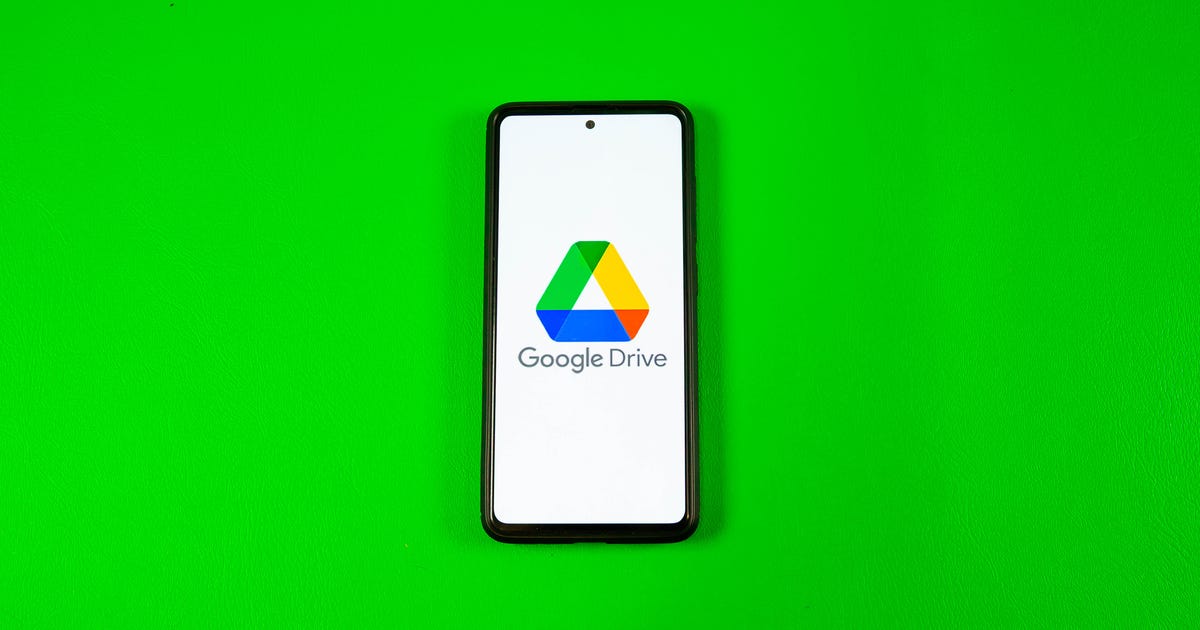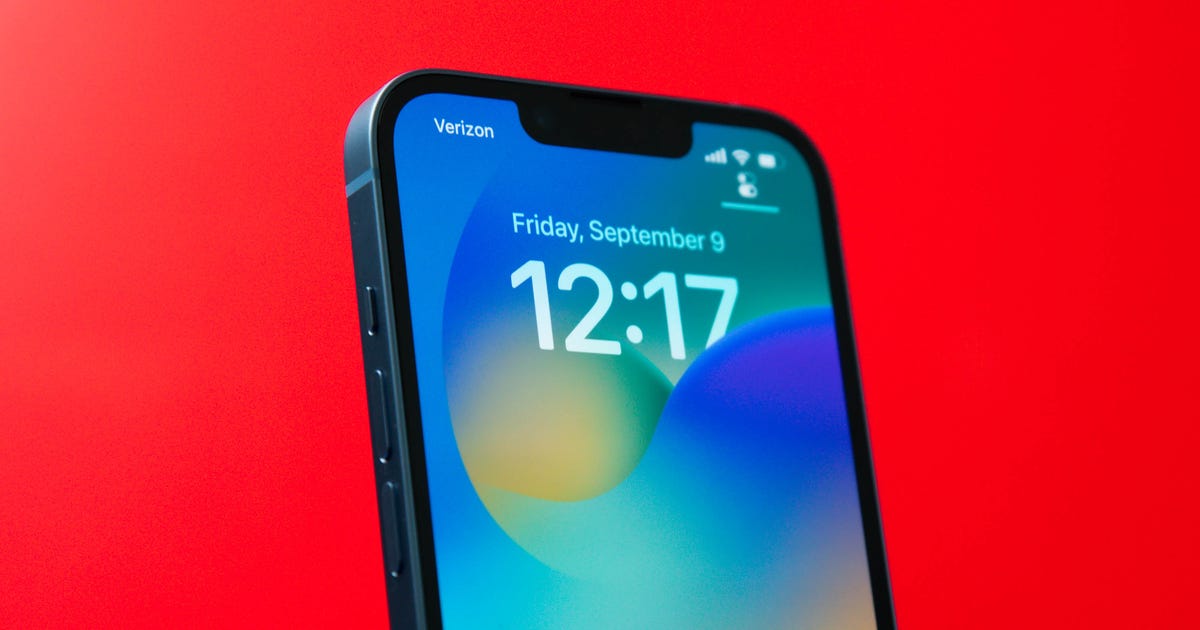Android 6.0 Marshmallow has bitten off its biggest piece of the market so far.
After showing little growth since its release in November, the latest edition of Google’s mobile software doubled its adoption rate from a month ago, according to Tuesday’s update of the Android Developers Dashboard. Over the past week ending Monday, Marshmallow was found on 4.6 percent of all devices that visited the Google Play Store. That number was up from 2.3 percent a month ago.
The reason for the slow climb of Marshmallow up the Android food chain is a familiar one. The sluggish growth rate for any new version of the Android operating system is a side effect of the unwieldy and often frustrating upgrade process. After Google creates a new version of its software, smartphone makers and then mobile carriers must test it before they cook up a rollout for each mobile device. This means Android users often have to wait months before they can receive the latest version.
Some Android phone makers such as Motorola, HTC, and LG have been pushing out the new version. But Samsung, which holds a dominant 20 percent chunk of the smartphone market, just started rolling out Marshmallow to its flagship Galaxy S6 and Galaxy S6 Edge phones in February. As more Galaxy devices follow suit, Marshmallow’s adoption could start growing at a brisker pace.
Among other Android versions, Lollipop is still the top flavor with a 35.8 percent share. KitKat is right behind with a 33.4 percent slice, followed by Jelly Bean with 21.3 percent. The aging Ice Cream Sandwich and Gingerbread are still hanging on with 2.2 percent and 2.6 percent shares, respectively.




